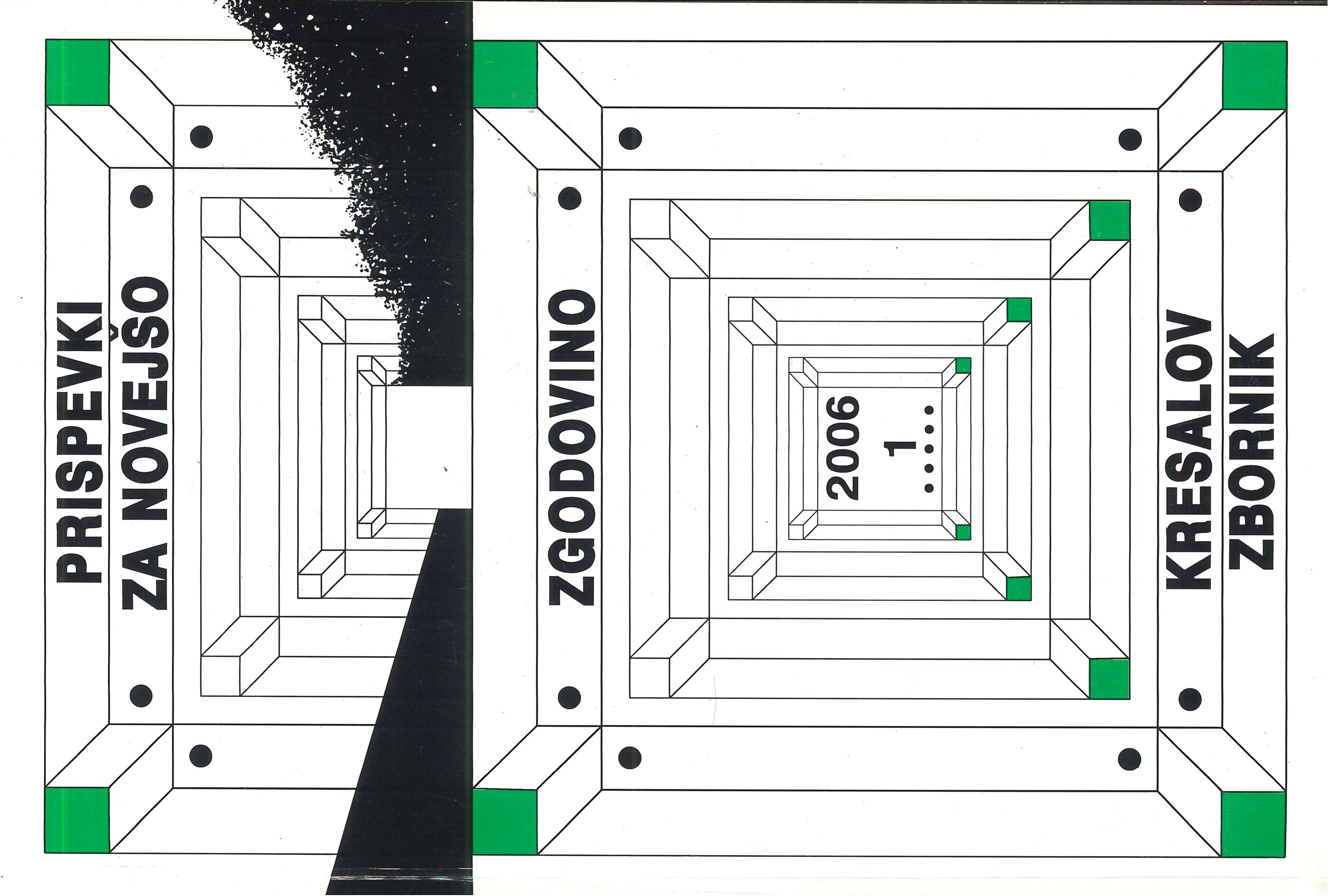The Influence of Railways on the Culture of Travel and the Beginnings of Tourism in the Nineteenth century
Keywords:
Nineteenth century, railways, travelling, tourism, reading culture, tourist guidesAbstract
In the nineteenth century the railways put an end to the monopoly of passenger and goods transport that had been held by the Post Office for many years. Traveling became cheaper, more comfortable, faster, commonplace and accessible to the general populace which had hitherto traveled on foot. With the gradual construction of the railway network, trains became the prevailing means of land transport. Railways changed the traveling experience. Railways also contributed to the gradual bloom of tourism which, before the advent of the railway era, had been limited to a very small circle of the affluent. A constant expansion of the railway network made tourist destinations ever more accessible and journeys faster and cheaper.
Downloads
Published
Issue
Section
License
Authors who publish with this journal agree to the following terms:
- Authors retain copyright and grant the journal right of first publication with the work simultaneously licensed under a Creative Commons Attribution License that allows others to share the work with an acknowledgement of the work's authorship and initial publication in this journal.
- Authors are able to enter into separate, additional contractual arrangements for the non-exclusive distribution of the journal's published version of the work (e.g., post it to an institutional repository or publish it in a book), with an acknowledgement of its initial publication in this journal.
- Authors are permitted and encouraged to post their work online (e.g., in institutional repositories or on their website) prior to and during the submission process, as it can lead to productive exchanges, as well as earlier and greater citation of published work (See The Effect of Open Access).


